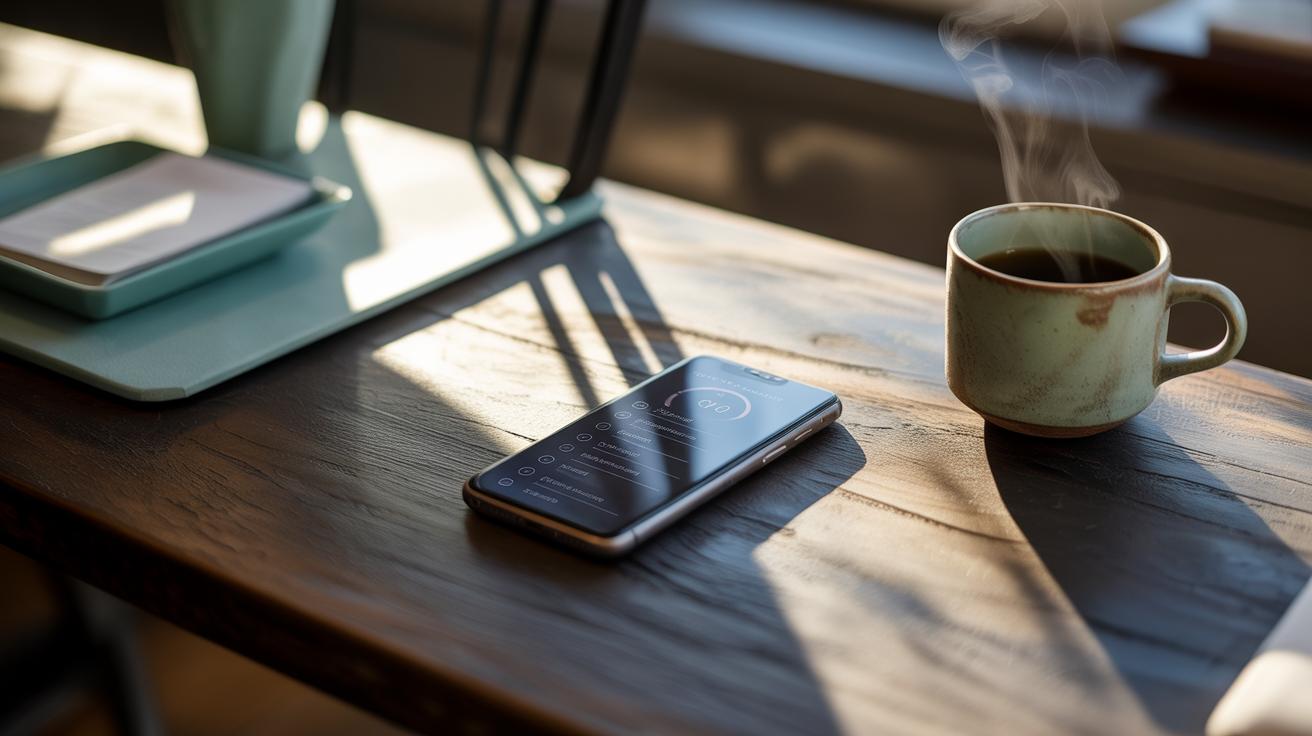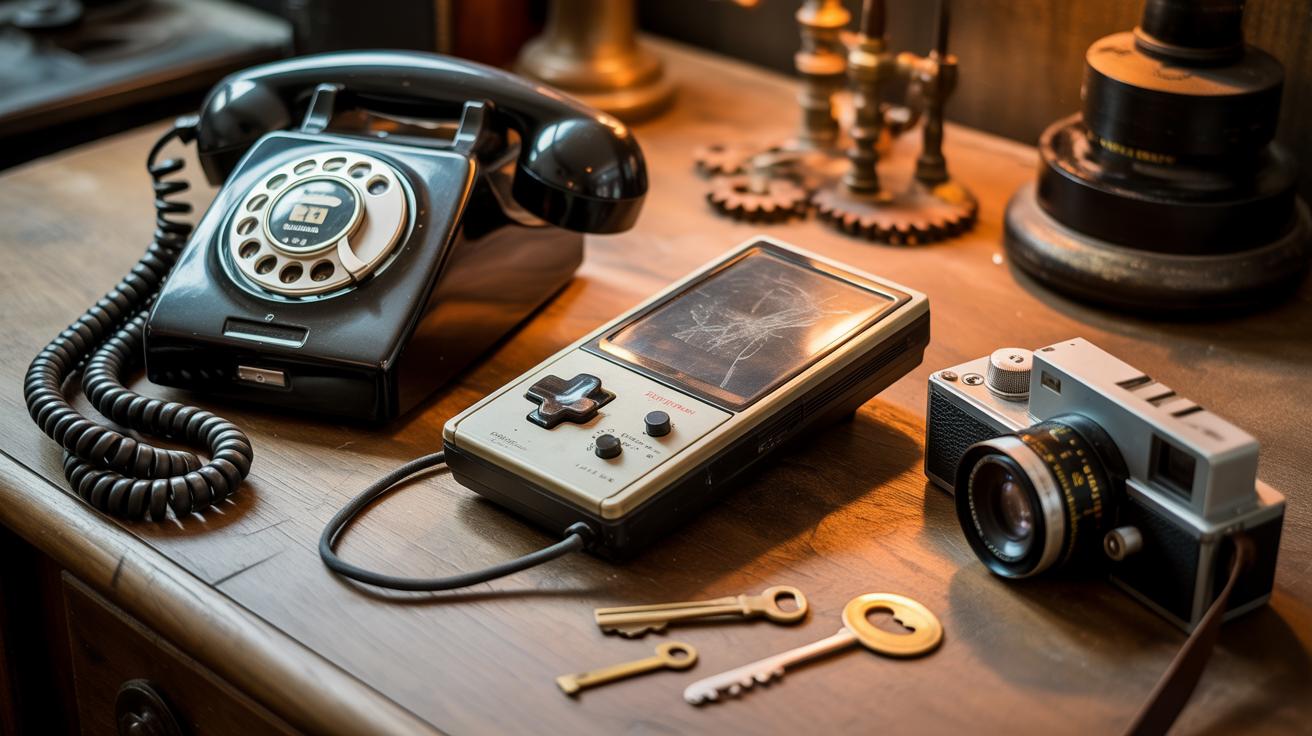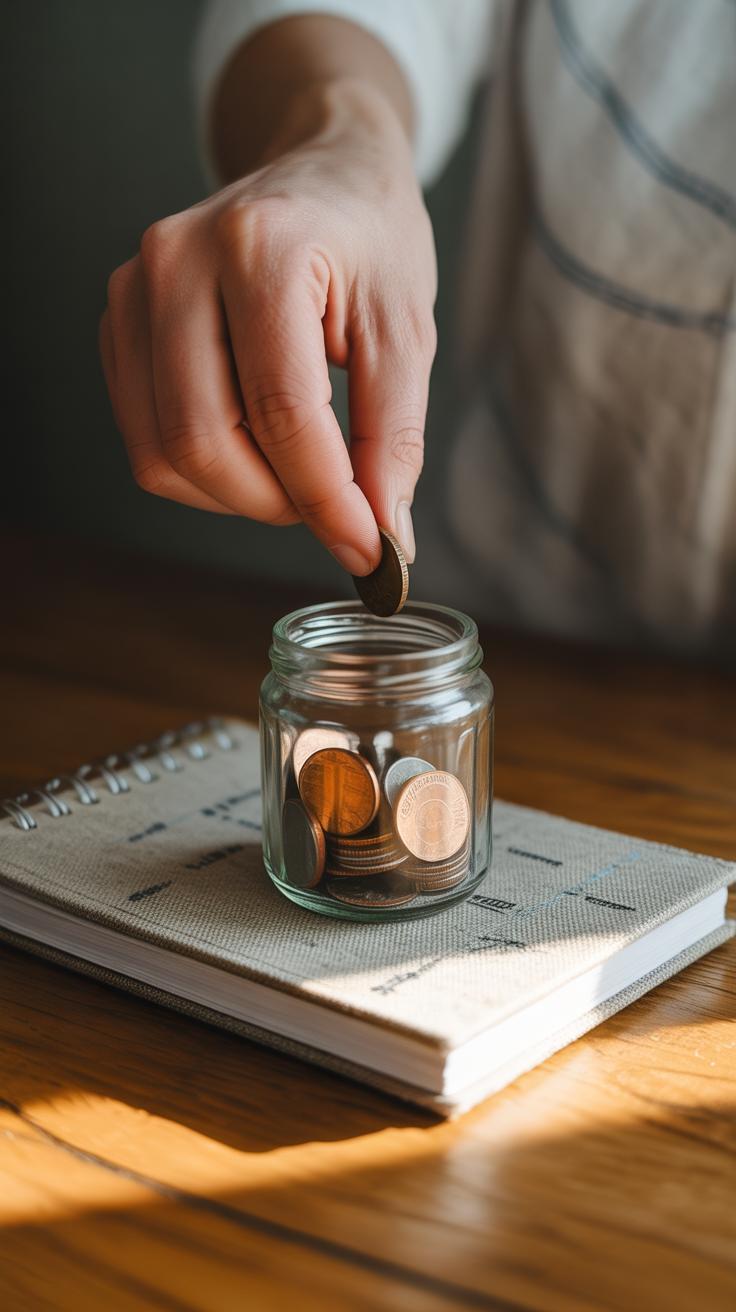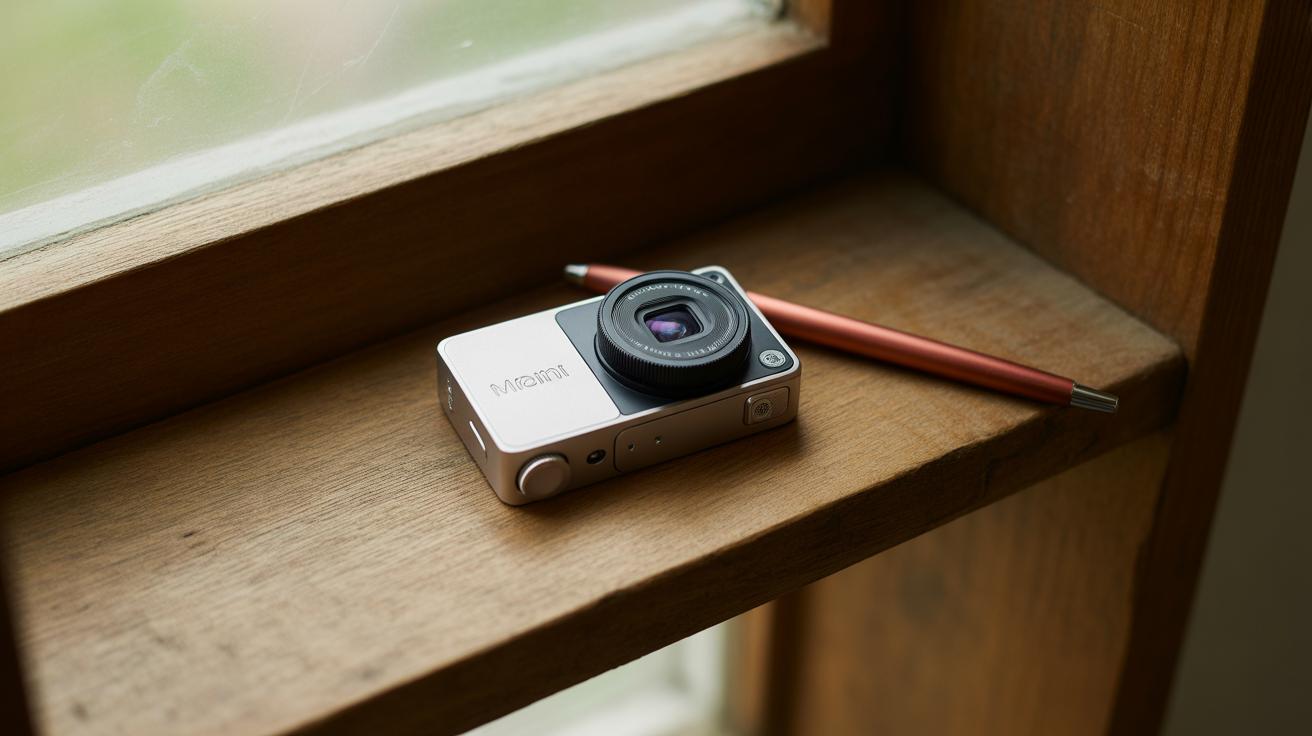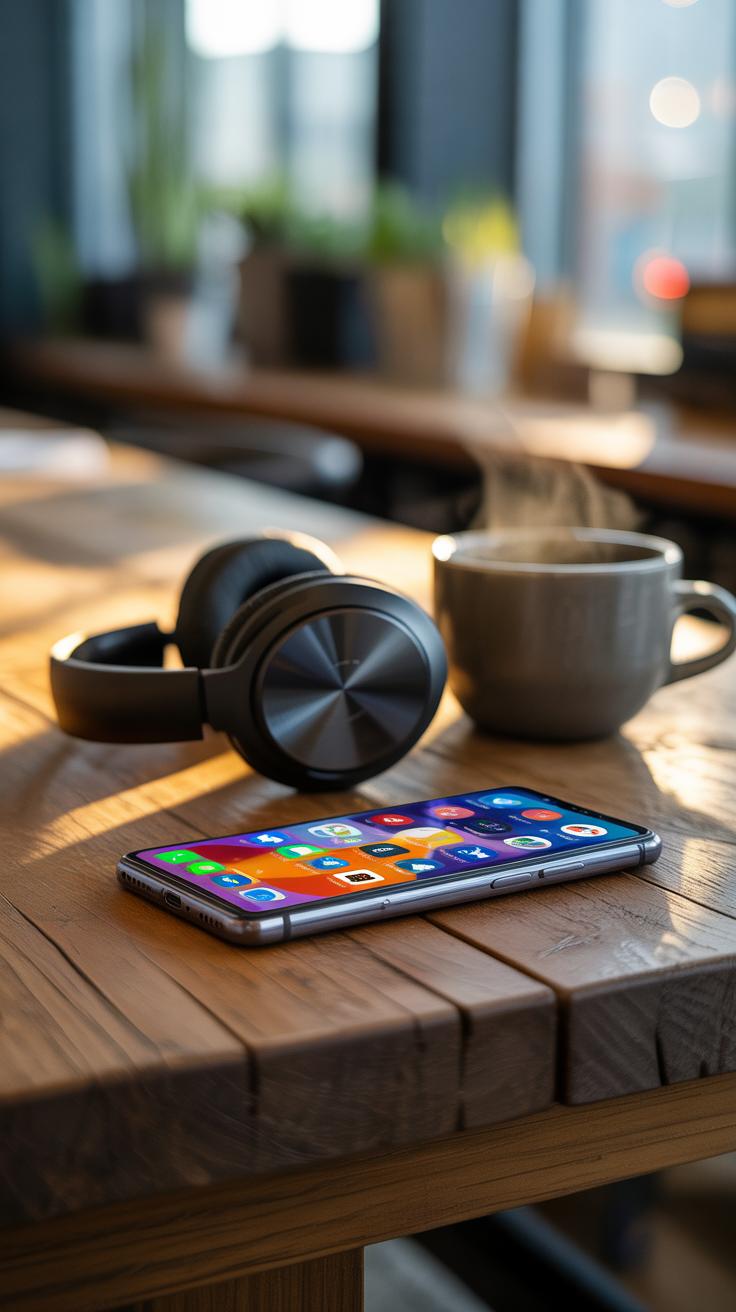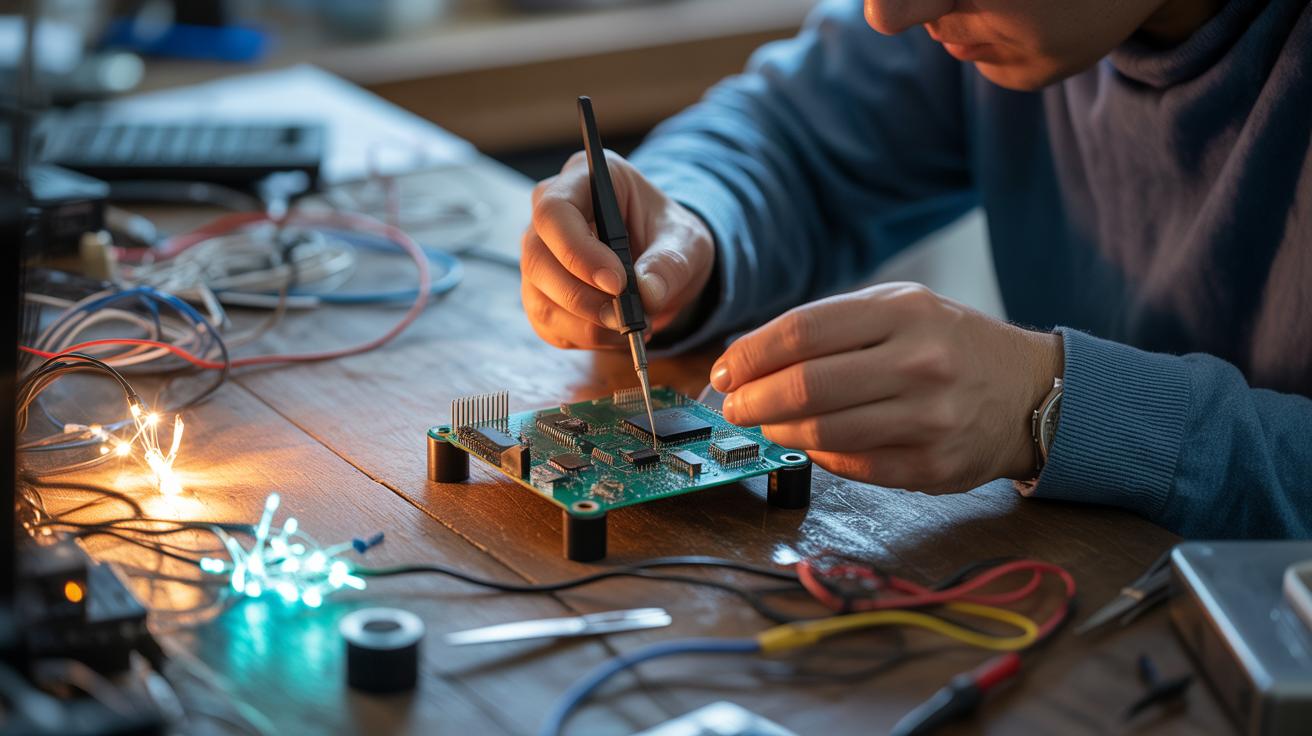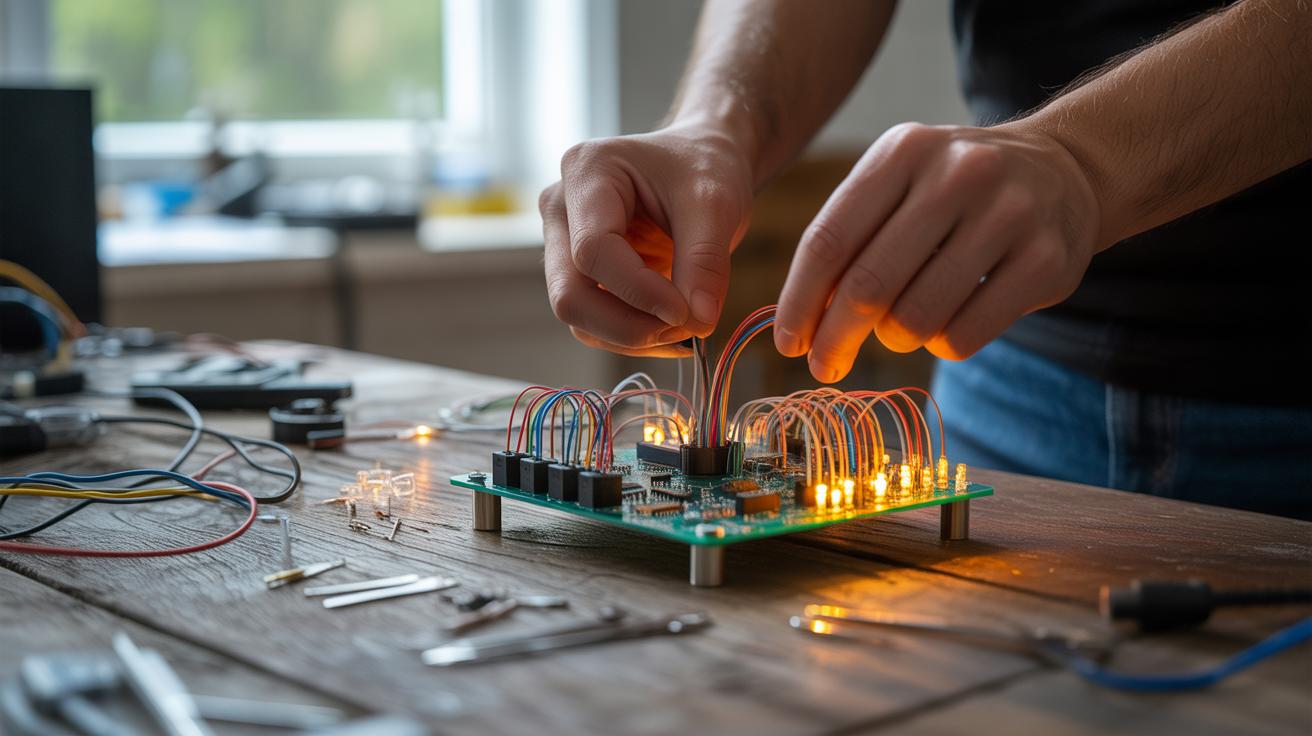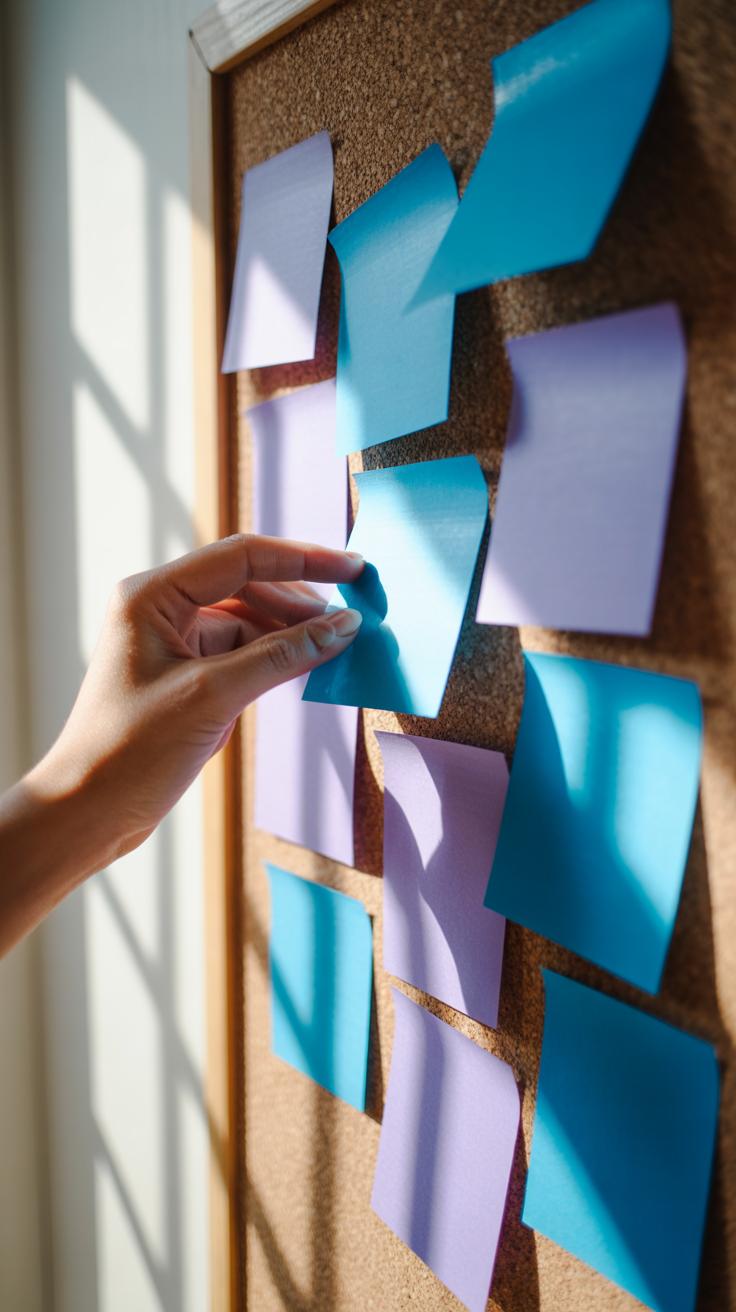Introduction
Everyone faces daily challenges that can make life seem harder than it needs to be. With the right strategies, you can solve these problems quickly and feel more in control. This article explores useful life hacks designed to make your everyday tasks easier.
We look at practical ways to manage your time, save money, organize your home, stay healthy, and relieve stress. Each tip is simple to use and can help you improve how you handle daily demands.
Mastering Time Management
Making a daily to-do list can seem basic, but it really does help keep you on track. When you jot down tasks, you’re less likely to forget them—and crossing them off gives a little sense of progress, which might be more motivating than you expect. It’s not just about writing everything down; the trick is to focus on what really needs doing that day.
Try prioritizing by importance or urgency. Maybe you start with the tasks that require fresh energy. Or sometimes, you might want to get the small, easy tasks out of the way first to build momentum. There’s no perfect formula here, and that’s okay. It’s about what works for you.
Distractions are everywhere, especially with phones. Notifications pop up constantly—text messages, social media, news alerts—and it’s tempting to check every ping. One practical step is turning off non-essential notifications. Even better, set specific times to check your phone so that it doesn’t interrupt your flow.
Also, consider creating a dedicated workspace. When you associate that spot with focused work, it’s easier to stay in the zone. If you’re struggling to concentrate, simple things like closing unnecessary browser tabs or using apps that block distractions can help you reclaim some time.
Managing time isn’t always about squeezing every minute out of your day. Sometimes, it’s okay to slow down, rethink your list, and adjust plans. The goal is less about rigid schedules and more about feeling in control of your time, at least most of the time.
Saving Money Easily
Budgeting Basics
Creating a budget doesn’t have to be complicated. Start by listing your income and regular expenses—rent, bills, groceries. Then, track what you actually spend over a week or two. This might feel tedious, but it’s surprising how often expenses sneak up on you.
Once you know where your money goes, set simple limits for categories. For example, if eating out costs too much, decide to cut back gradually. Don’t aim for perfection. It’s about awareness more than strict rules.
Try using a notebook or a basic app—anything that won’t overwhelm you. The goal is to keep it straightforward, so you don’t give up after a few days. If you want, review your budget weekly to tweak it as life shifts—because it will.
Smart Shopping
Buying just what you need sounds simple, but it’s tricky in practice. Before shopping, make a list and stick to it. Visit stores when you’re not hungry or stressed, or else impulse buys tend to multiply. I’ve been guilty of that one too many times.
Look for deals, yes, but don’t get caught up thinking every discount means savings. Sometimes buying in bulk backfires if you don’t use the items. Compare prices between brands and stores online, and check expiry dates—sometimes spending a little more avoids waste.
Consider planning meals around what’s on sale. It takes some extra thought, but it helps reduce unnecessary spending. You might wonder if it’s worth the effort. Probably so, if saving money matters enough to you right now.
Organizing Your Home
Declutter Quickly
Deciding what to hold onto and what to let go can feel like a big task, but there are ways to make it less stressful. One quick method I find useful is to ask yourself if you’ve used the item in the last six months. If the answer is no, it’s probably safe to part with it. Though, there are exceptions — like sentimental things or seasonal gear — but even then, maybe snap a photo to keep the memory without the clutter.
Another trick: sort items into three piles—keep, donate, trash—and try not to overthink each piece. Sometimes, your first instinct is actually the best guide. You don’t have to be perfect here. Just aim for progress. It’s surprising how this simple approach can quickly clear surfaces and floors, making your space feel more open.
Storage Tips
Once you’ve pared down, the next step is putting things away smartly. Clear plastic boxes can be a game-changer because they let you see what’s inside without opening them. Labeling is usually worth the tiny extra effort, even if you think you’ll remember—chances are, after a week, you won’t.
Floating shelves or hooks are handy spots to free up floor or counter space without much installation hassle. I like to keep everyday stuff visible and easy to grab while stashing rarely used items higher up or behind doors. Regular routines help, too. Spending five minutes each day putting things back can stop clutter before it starts piling up again.
What’s your biggest challenge when organizing? Sometimes, just starting small—like a drawer or a single shelf—makes the whole process feel less overwhelming. Give it a try and see how much more comfortable your home can feel.
Eating Healthy Habits
Meal Planning
Planning your meals ahead can really change how you eat daily. It saves time—no more last-minute decisions or grabbing whatever’s quick but often unhealthy. If you set aside a bit of time once a week to map out your meals, you’ll find shopping becomes simpler too. You’re less tempted by impulse buys, especially those less nutritious snacks.
Try picking a few recipes you like and plan around those. Even if you prefer variety, having a rough idea of what’s for dinner each night reduces stress and cuts down on wasted food. I remember trying this once and feeling less rushed in the evenings, though some days I still deviated. That’s okay; planning doesn’t mean being rigid.
Nutritious Choices
Eating healthy isn’t about strict rules. Instead, think small changes that stick. Build meals around these simple foods:
- Leafy greens like spinach or kale—easy to toss in salads or soups
- Whole grains such as brown rice or quinoa
- Lean proteins like chicken, tofu, or beans
- Fresh fruits for snacks or desserts
- Healthy fats from nuts, seeds, or avocados
Try to notice when junk food feels most tempting—maybe when you’re stressed or tired—and have a plan ready. Sometimes just keeping fruit visible or pre-cut veggies at hand can make a difference. Yet, avoiding junk food altogether might feel too strict. It’s about balance, not perfection. Don’t beat yourself up if you slip up—just reflect and adjust next time.
Also, don’t forget water. Staying hydrated often gets overlooked, but drinking enough water supports digestion and energy levels. How much is enough? Listen to your body, but aiming for a glass every hour or so helps keep you alert and can even reduce cravings for sugary drinks.
Boosting Daily Productivity
Task Breakdown
Big tasks can feel overwhelming. You might stare at a project and not even know where to start. Breaking it down changes everything. When you split a task into smaller parts, it becomes less intimidating and easier to manage. For example, instead of “write report,” try steps like “outline main points,” “draft introduction,” “add supporting data,” and so on. Each step feels doable and more straightforward. Plus, ticking off little pieces gives you a sense of progress, which keeps motivation up.
Sometimes, though, breaking tasks feels like extra work—you might wonder if it’s worth the time. But personally, when I skip this step, I tend to procrastinate much more. Those chunks guide my focus without pressure to finish everything at once.
Regular Breaks
Taking breaks sounds counterintuitive if you want to get more done, right? Yet, short pauses between tasks actually help maintain your attention and energy. Working nonstop might feel productive, but it often leads to burnout or zoning out.
Try working in bursts—maybe 25 or 30 minutes—and then step away for a few minutes. Stretch, grab water, or just look out the window. Returning refreshed, your mind works sharper. I’ve noticed that these breaks prevent the fatigue that sneaks up unexpectedly. Still, there are moments when I push through without breaks and somehow stay focused. It’s weird how it changes day to day.
What about you? Do you find it easier to keep going without stopping, or do brief pauses help you recharge? Experimenting might show what fits your rhythm best.
Stress Relief Techniques
Breathing Exercises
When stress creeps in, one of the simplest things you can try is a basic breathing exercise. It sounds almost too easy to work, but focusing on your breath really can calm your mind fast. Try this: breathe in slowly through your nose for a count of four, hold it for four, then exhale gently through your mouth for another count of four. Repeat this a few times. You might notice your heart rate slowing or your thoughts drifting away from whatever was bothering you.
It’s not magic, but it does something to interrupt the stress cycle. I remember once sitting at my desk, overwhelmed, and just taking these breaths helped me steer away from panic. You might wonder if it’s worth the effort, especially when you’re in a hurry, but even a short pause like this can make a difference.
Physical Activity
Moving your body – even just a little – can clear your head in ways that sitting still never will. Taking a short walk, maybe around your block or even just pacing indoors, helps shift your focus. It gets your blood flowing, and suddenly, your brain feels less stuck on that stressful thought loop. Stretching works too; reaching your arms overhead or leaning side to side breaks tension in your muscles and reminds you to breathe.
It might sound obvious, yet people often underestimate it. I sometimes skip activity thinking it’s pointless, but usually, after a brief walk, I think clearer and feel better. If you’re swamped with work or chores, stepping away might feel like wasting time, but could it actually save you time by preventing burnout?
Smart Tech Usage
Reminders
Setting reminders on your phone or computer can really take some mental load off. You don’t have to worry about forgetting that appointment or to pick up groceries, especially when your day gets busy or a bit chaotic. I’ve found that having a quick alert pop up just before something is due nudges me to prepare without stress. It’s almost like having a personal assistant, but without the extra cost or awkward small talk.
Try setting reminders not just for appointments, but also for simple things like drinking water or stretching during work. This might sound trivial, but it can improve your day in small ways you might not expect. Plus, you can customize alerts—some prefer gentle tones, others need something louder to shake them out of a distraction spiral. Don’t underestimate how much a few well-timed reminders can help you stay on track.
Useful Apps
There’s an app for almost everything these days, and it can be overwhelming to figure out which ones deserve your time. A few that I keep coming back to because they genuinely simplify stuff are:
- Shopping lists: Apps like AnyList or Google Keep help organize your shopping, share lists with family, and even store favorite items so you don’t forget essentials.
- Budgeting: Mint or YNAB (You Need A Budget) are decent for keeping an eye on expenses, though sticking to what they suggest can be a bit tough—I guess budgeting feels easier in theory than practice.
- Fitness: MyFitnessPal or simple step counters encourage movement throughout the day. Sometimes just seeing your progress nudges you to do one more set or take a short walk.
Remember, the goal isn’t to become dependent on every app, but to let technology cover repetitive tasks. That alone can free up mental space and frankly, reduce little daily frustrations you might not even notice bothering you.
Improving Sleep Quality
Sleep Routine
Going to bed and waking up at roughly the same time each day does something your body really appreciates. It sets a rhythm, almost like a natural clock that helps you fall asleep faster and feel more refreshed. You might not notice it immediately, but over a few weeks, your body starts expecting rest at those times. That means less tossing and turning, less grogginess in the morning. Yet, life—or weekends—sometimes disrupt this routine, and you might find yourself confused or restless afterward. So, sticking to a schedule feels easier said than done, but it’s a small change with surprisingly noticeable effects.
Bedroom Setup
Your bedroom environment can quietly make or break your night’s sleep. The trick is to keep it dark, quiet, and cool. Darkness signals your brain to produce melatonin, the hormone that nudges you towards sleep. Even dim lights from gadgets or street lamps can interfere, so blackout curtains or an eye mask might help. Noise is tricky—some find complete silence calming, others prefer white noise or soft sounds. Temperature also matters; rooms that are too warm can make falling asleep a struggle, while cooler temperatures around 60 to 67 degrees Fahrenheit tend to be more comfortable, though this can vary from person to person.
You might think a perfect setup is about removing all distractions, but sometimes a little background noise—like a fan or soft music—can work better than dead silence. And yes, comfort goes beyond the mattress or pillows; how you arrange things in your room, like keeping clutter out of sight, can influence how peaceful you feel before bed. Have you noticed your sleep gets worse after a restless or chaotic day? Your room can help reset that, if you let it.
Effective Communication
Active Listening
When someone is speaking, really listen. It’s easy to drift off or plan what you’ll say next, but that often leads to missing key points. Paying close attention shows the other person you respect them and their thoughts. Strange how something so simple can prevent tons of misunderstandings, right?
Try these small shifts: maintain eye contact, nod occasionally, and repeat or paraphrase what you hear to confirm you got it right. For example, if a coworker explains a problem, saying, “So you’re saying the deadline shifted to next week?” helps clarify and avoids confusion.
Listening isn’t just silence. It’s an active effort. You might find yourself correcting or reacting less, which oddly enough makes the other person open up more. It’s a bit like tuning an old radio—you have to adjust carefully to catch the right signal.
Calm Expression
Expressing yourself clearly, but calmly, is tricky sometimes, especially when emotions run high. I often catch myself rushing or blurting out something sharp. But slowing down—taking a breath before speaking—helps keep things clear and less confrontational.
Focus on what you want to say, not how the other person might react. Use “I” statements like, “I feel overwhelmed when the schedule changes last minute,” rather than pointing fingers. It sounds less accusatory and invites conversation instead of conflict.
Also, keep your tone steady and your body language open. Smiling doesn’t always come naturally in tense moments, but it can ease the mood. You don’t have to sound perfect or careful with every word—just clear enough that your message lands without triggering a defensive response.
Ever noticed how just pausing between sentences changes the vibe? Giving space lets both sides process what’s heard, making dialogue more effective—even if the topic is tough.
Building Positive Habits
Creating new habits can feel tricky at first. The key is to start small—really small. If you aim too high right away, the chances are you’ll get discouraged or overwhelmed before you even get going. Like, instead of deciding to run five miles each morning, try just putting on your running shoes or walking for five minutes. That tiny step builds confidence and makes success more likely.
Tracking your progress really helps keep momentum going. Whether you jot down your wins in a simple journal or mark off days on a checklist, seeing your achievements accumulate creates motivation. The visual proof that you’re moving forward—even if just a little—can make a surprising difference. Sometimes, it’s easy to forget how far you’ve come unless you actually write it down.
And don’t forget to reward yourself. These rewards don’t need to be big but should feel meaningful enough to encourage sticking with the habit. Maybe a small treat, or a moment to relax. You might find that this positive feedback loop makes a habit feel less like a chore and more like something you actually want to do.
Conclusions
Learning and applying life hacks can help you tackle challenges with less effort. These simple tips improve your daily routine by saving time and money, keeping your space organized, and supporting your well-being. Making small changes can create big results in your life.
Try the ideas shared here and see how they fit your needs. With practice, you will find yourself handling everyday tasks more smoothly and enjoying more free time. Keep exploring new hacks to make life easier and more enjoyable.

